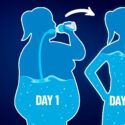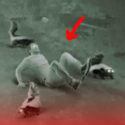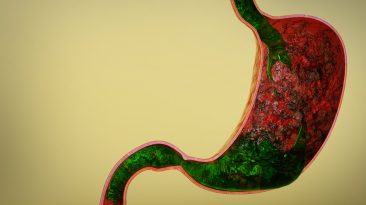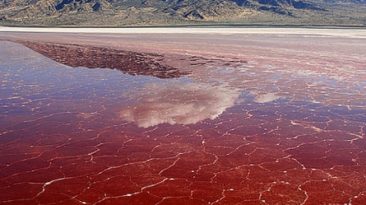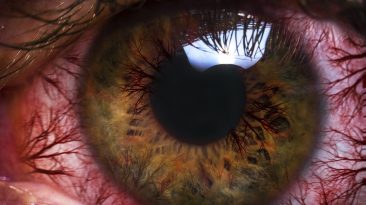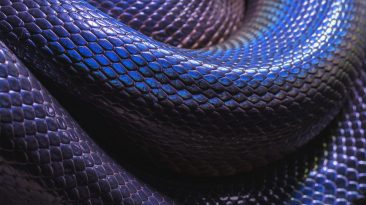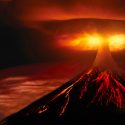For dinner tonight, you are being treated to the tasting menu of a lifetime. The periodic table of elements. Which elements would you be able to eat? Which ones would taste or smell funny? And which elements would ruin the fun by killing you?
The periodic table is how we organize all of the known elements. Those are substances with only one type of atom. And they cannot be divided into any simpler substances. Out of the 118 elements that make up the periodic table, some have similar properties. Some behave in similar ways.
And some don’t even exist naturally. 20 of them need to be created in laboratories because of how unstable they are. So if you’re feeling adventurous, it’s time to add some chemistry to your diet. But you could be risking a lot more than an upset stomach.
Your tasting menu would begin with the elements that are the basic building blocks of your body. As the waiter would explain, the chef has prepared these six elements in proportion to you. So enjoy your dish of 65% oxygen, 18.5% hydrogen, 3.2% nitrogen, 1.5% calcium and 1% phosphorus.
For your next dish, the waiter would bring you a small assortment of elements that your body relies on to function. Please enjoy your six bite-size portions of sodium, potassium, magnesium, selenium, iron and copper. Lucky for you, these are all completely safe to eat. Unless you eat too much.
Especially, copper. You’d notice the flavor has notes of acidity, bitterness and saltiness. Maybe you like it enough that you’d request some more. This would be a mistake. Now you’d experience a low-level amount of copper toxicity, which could lead to kidney failure, brain damage or even death if you don’t stop eating right away.
Ahem. Then the waiter would bring over the next course of several non-reactive elements with a fancy name, the noble gases. Inside odorless and colorless tasting tubes are helium and argon. This course would be a lot of fun. With each sip of helium gas, you’d find your voice sounding strange and high-pitched.
This would be amusing for a bit. But you’d start to feel light-headed. That’s because all that helium would be displacing the oxygen that your brain needs. When your waiter arrived with the next dish, they would introduce it with a peculiar warning. Antimony could make you need to use the restroom. This semi-metal was used as a laxative in medieval times.
After your quick bathroom break, it’s time for the smelly course. Are you ready to be grossed out by the smells of sulfur, selenium and livermorium? Well, you’d be surprised to find out that these elements alone don’t smell like anything. Sulfur and selenium only smell like rotten eggs or garlic when combined with hydrogen.
And scientists have not yet produced the livermorium hydrogen compound, so we don’t know what it smells like. But it’s a highly unstable and radioactive element. So eat it quick. Your waiter would now warn you that the rest of the dishes are not safe for consumption. But you’re feeling a little risky. So you go for it anyway.
To start your deadly dose of dishes, you’d have mercury. You wouldn’t notice any immediate effects because symptoms of mercury poisoning like tremors, poor memory and difficulty walking take a long time to develop. Next, two tiny portions of radium and the noble gas radon. These elements are radioactive. And prolonged exposure could result in lung or bone cancer.
Good thing your portions are small because you could also experience nausea and increased heart rate from acute radiation sickness. Finally, you’ve reached the last course of the evening. And the last course of your entire life.
You’d try a little of the tasteless and odorless arsenic. This would immediately cause nausea, bleeding and diarrhea. It could also lead to a painful death in only a few hours.
And you’d also get a taste of reactive elements like francium and fluorine. These are dangerous.
Francium would react with the water on your tongue and explode in your mouth. Literally. And fluorine is so corrosive and flammable that it would burn nearly everything it comes into contact with. Especially you.
So that’s where your tasting menu ends. Sadly you didn’t get all the elements. Some of them wouldn’t be able to exist in a kitchen anyway. You’d need to visit a lab in order to experience some of the most unstable ones.
While some of the elements could kill you after one bite, there are many elements that you wouldn’t be able to live without. Like carbon. What if we took away all the carbon for only five seconds?




